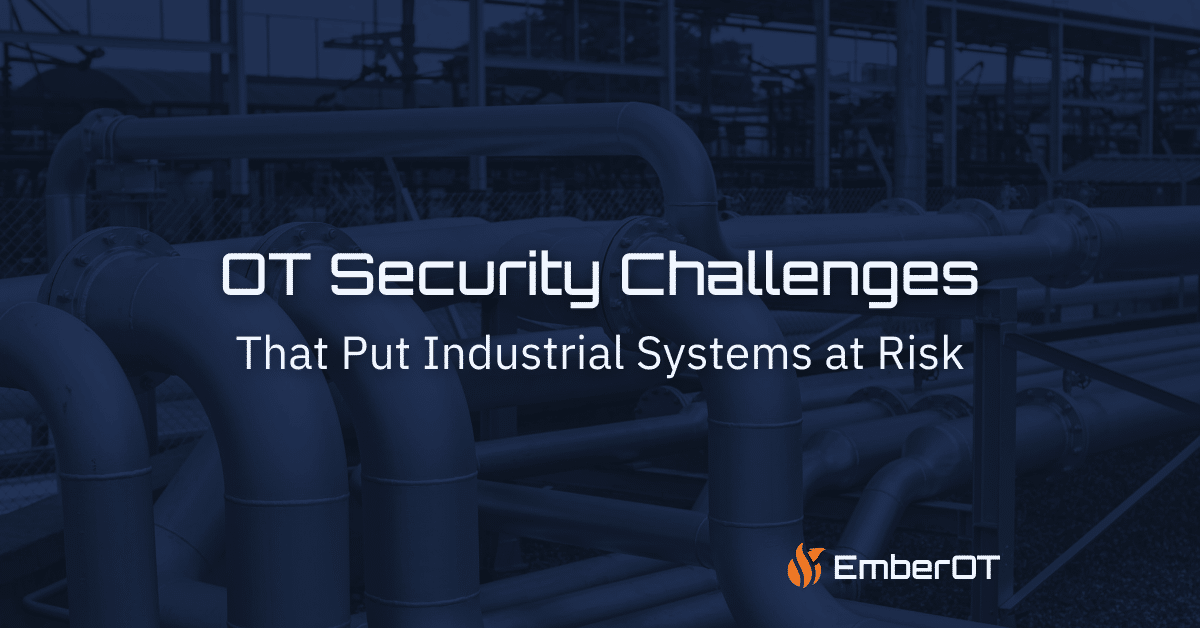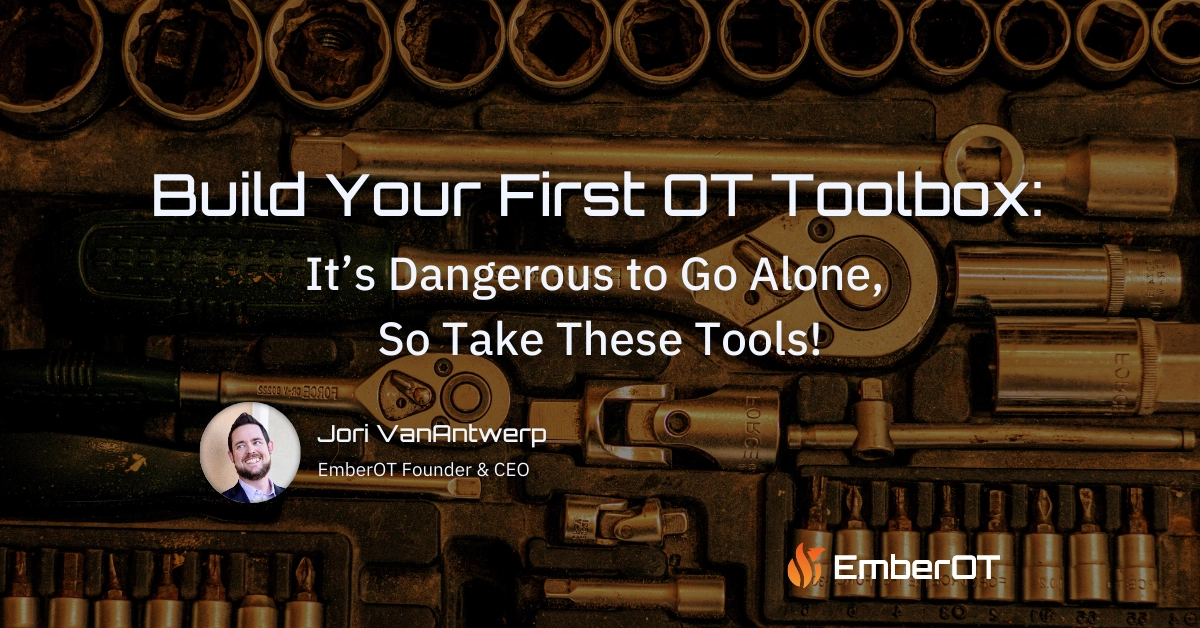FUD (fear, uncertainty, and doubt) often permeates even well-meaning discussions regarding critical industrial infrastructure vulnerabilities. Yet the fact remains that OT security operators can often mitigate even the most critical threats to industrial systems with the proper insight, expertise, and security protocols.
This short list categorizes four of the most critical OT security challenges for industrial systems. Effectively identifying ICS vulnerabilities and implementing security protocols can ensure that even the challenges listed here won’t disrupt the continued operation of our vital OT infrastructures.
OT Security Challenge #1: Legacy OS
Industrial systems equipped with legacy operating systems can provide significant OT security challenges. Outdated OS, like Windows XP and Windows 7, were already known for possessing numerous security vulnerabilities. But with Microsoft’s discontinuation of ongoing support, those already vulnerable operating systems continue to become that much more of a liability for industrial systems.
Unfortunately, updating the OS of some industrial systems is difficult—if not impossible. If outdated legacy operating systems cannot be updated, several steps can be taken to mitigate their inherent vulnerabilities. These include:
- Minimizing user access
- Keeping legacy OS separate from the internet
- Monitoring usage of the network and endpoints
- Minimizing workloads on legacy OS
- Augmenting system protections with encryption
- Applying all extant security patches when possible
OT Security Challenge #2: The Internet
The past decade has seen a rising movement to transition more fully into Industrial IoT (IIoT). To some, this is seen as the inevitable future of ICS.
But a permanent, impassible roadblock remains.
The problem lies hiding in plain sight, right there in the name of IoT itself: the Internet of Things. How can the Internet of Things become the backbone of ICS when the highest tiers of supervisory functions should never be connected to the internet at all?
The broader internet obviously can create numerous OT security challenges to industrial systems. The list of vulnerabilities the internet exposes OT to is long, varied, and only continues to expand: IoT bots, DDoS attacks, the rise of AI-powered attacks targeting OT/ICS systems, GenAI-driven data exposure, advancing malware, or forms of malevolent infiltration. Regardless of the specific attack, unnecessarily exposing vital ICS infrastructure to this panoply of risks is rarely worth any increased accessibility provided by IoT.
As always, the most vital ICS digital infrastructure should remain separate from the internet in all ways possible. Reliable security measures remain the best practice, even as new trends arise.
OT Security Challenge #3: Removable Devices and BYOD Policies
While BYOD (Bring Your Own Device) policies have become increasingly common across workforces, they remain a vulnerability for vital industrial infrastructures. Either knowingly or unknowingly, devices can connect to ICS networks and become potential vectors of network infection. While solutions can be tricky, developing sound security policies will rely on a clear understanding of a network and its vulnerabilities.
Lax removable device policies can also crack the door open to significant ICS vulnerabilities. Therefore, employees should be made aware of and regularly reminded of unauthorized device policies, and sites should be well-managed with regular compliance scans.
OT Security Challenge #4: Poor Visibility
ICS security operators hold a significant advantage over any external threat actors they may face. After all, they know their systems better than anyone. But poor visibility can diminish that advantage.
The large-scale, complex, integrated networks of OT systems require ICS security operators to have expansive visibility into their systems. This enables operators to remain light-footed and well-equipped to address OT security challenges. To prevent delays or disruptions of essential industrial services, industrial security operators need the right tools.
EmberOT: Helping Operators Mitigate OT Security Challenges
The best OT cybersecurity tools maximize the insights of those capable of addressing ICS vulnerabilities. These tools must be easy to implement and low-footprint—not further complicating already complex OT environments or adding vulnerabilities by making OT systems contingent on additional hardware.
That’s why EmberOT developed a low-hardware, sensor-based ICS cybersecurity tool that maximizes operators’ insights into their industrial environments. If you’re interested in learning more about our flexible, future-proof industrial cybersecurity solution, reach out to us and schedule a demo today. We’re on a mission to empower operators with visibility and detection at the OT edge.
Become a Subscriber
EMBEROT WILL NEVER SELL, RENT, LOAN, OR DISTRIBUTE YOUR EMAIL ADDRESS TO ANY THIRD PARTY. THAT’S JUST PLAIN RUDE.




